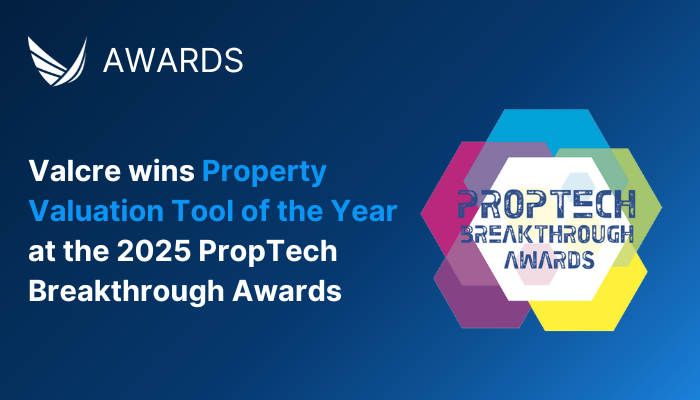Property valuations depend on several factors. With the increasing interest and efforts towards environmental sustainability, green buildings are valued more highly than traditional non-sustainable ones. Green buildings are built, designed, operated, and maintained according to environmentally sustainable practices and procedures. There are certain state and third-party standards that buildings have to meet to get a green certification and qualify as green buildings. Research statistics from multiple sources suggest that green buildings attract more value than traditional buildings. In this short article, we will be discussing how green buildings affect property value.
1. Revenue
Many tenants are willing to pay for green spaces, like offices, apartments, and industrial retail properties. For such tenants, leasing spaces that demonstrate their commitment to environmental sustainability can aid in attracting a great pool of talent and enhance productivity. Green investments are becoming increasingly common in all parts of the world, including the US. Many national studies suggest that green buildings do better than others by a large margin. For property owners who are not looking for certifications, renovating your buildings with green features will still add value in a competitive market.
2. Maintenance Costs
One of the biggest advantages of owning a green building is a reduction in operational costs. Green buildings substantially lower your utility bills, thereby increasing revenue and value. Even a small decrease in energy consumption saves a lot on utility payments for commercial buildings. For instance, if you are reducing the energy consumption by 20% in a 100,000-square feet property and paying $2.50 per square foot, you would be saving around $50,000 in NOI. The US General Services Administration (GSA) found that green-certified buildings save almost 25% on energy costs.
Reducing energy consumption in high-rate properties might seem like a small percentage, but it will translate into big savings when calculated per square foot. In low-rate properties, energy savings represent a high percentage of their income, which will help property owners pump up their savings. Simply said, green buildings reduce the net operating expenses and thus, increase the income.
3. Social and Environmental Impact
Green buildings are associated with several societal benefits and positive environmental impacts. Green buildings reduce water pollution and greenhouse gas emissions and improve public health. Awareness about climate change and the importance of sustainability is driving green consumerism – encouraging tenants, buyers and investors to shift to green buildings and best practices. The younger generation is increasingly becoming environmentally conscious and looking to bring substantial changes to their lifestyle to reduce their carbon footprint. Thus, green buildings become a lucrative option for them. By simple economics, as the demand for such buildings increases, their value will increase correspondingly.
4. Risk Mitigation
Green buildings also mitigate the risks of ownership for property owners and banks. Green buildings are mostly high-preference, i.e., protecting changing consumer demands and new sustainability laws. Making or renovating your buildings helps future-proof your assets and protect their capitalization rates. Since green buildings come with extra risk protection, their value is significantly higher than traditional buildings.
Property owners should let appraisers know of all the risk-mitigating actions and features of their buildings. This helps appraisers assign an appropriate value to commercial buildings.
The above discussion demonstrates that green buildings add property value for the owner because of several factors, including a reduction in maintenance costs, risk mitigation, environmental and social impact, and an increase in revenue. Going the extra mile to develop green and sustainable buildings benefits property owners in the long term.
If you are a commercial appraiser, consider using Valcre’s end-to-end appraisal software solution to perform appraisals of green buildings more accurately and efficiently. With USPAP and CUSPAP compliant Excel and Word templates, Valcre empowers appraisers to make engaging presentations and reports.


![AI for Appraisers [Part 4]: Managing change for a successful AI rollout](https://www.valcre.com/wp-content/uploads/Blog-featured-image-–-AI-Content-Series-May-2025-8.png)